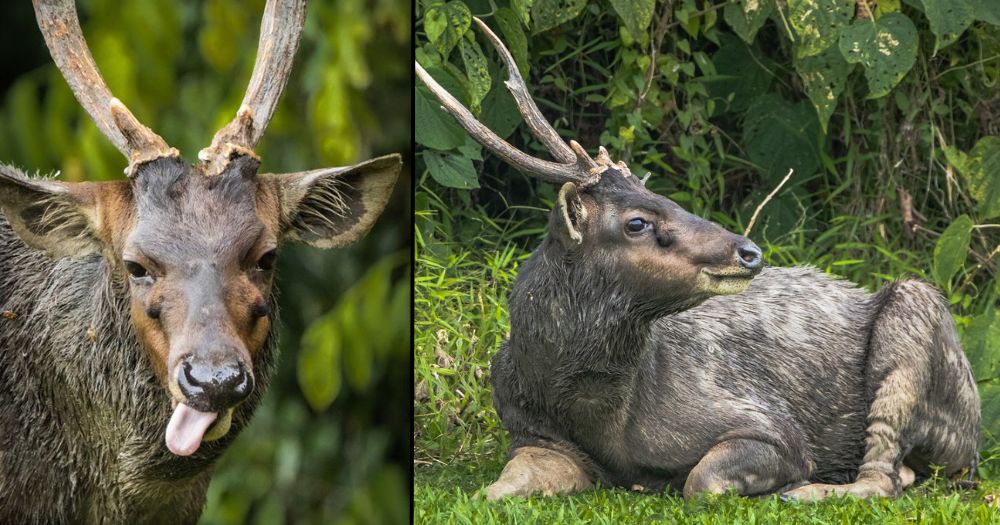A particularly hefty and senior sambar deer was photographed in Singapore recently.
Chilling, eating grass
Nature photographer Zaini shared his discovery on Facebook group Singapore Wildlife Sightings on Sep. 3.
A photographer of 15 years, he shared with Mothership that the photos were taken in an open area close to a forest patch in central Singapore around 6pm.
The deer was lying on a grass patch chewing on some grass.
It did not react when it spotted him, and later stood up to graze on the nearby foliage.
All this while, it graciously posed for more than a handful of photos — some glamorous, others less so.
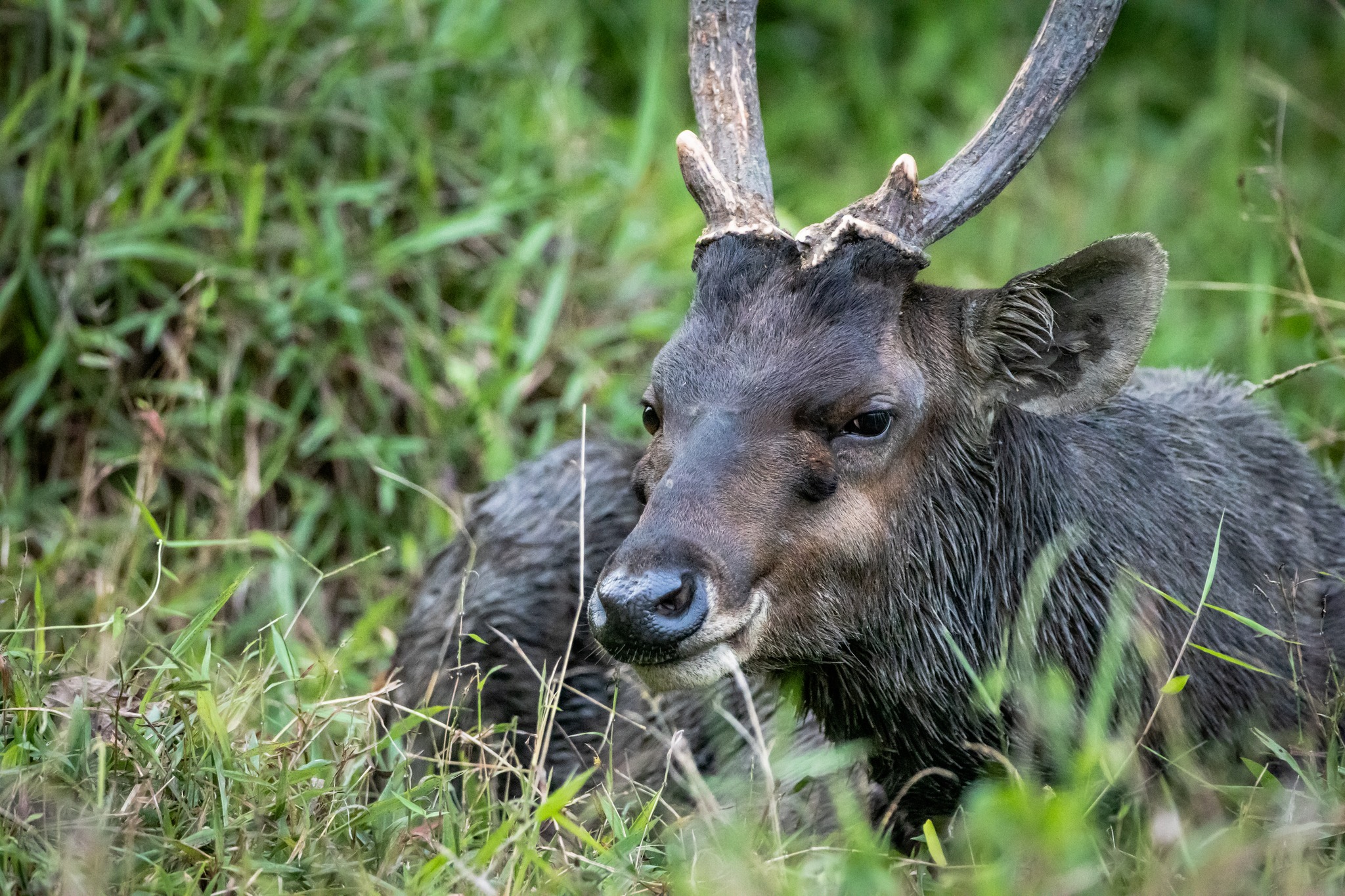 Photo courtesy of Zaini.
Photo courtesy of Zaini.
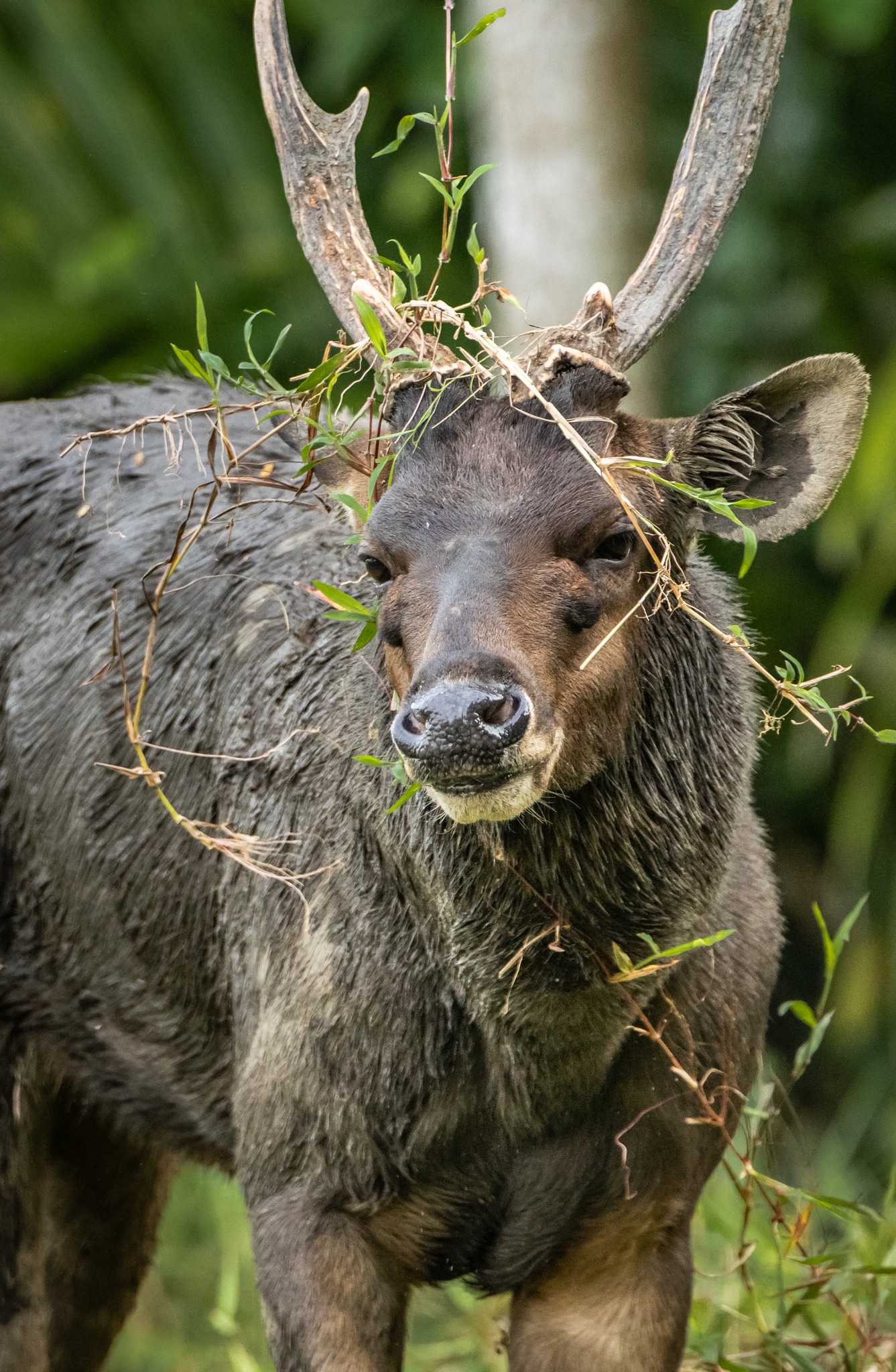 Photo courtesy of Zaini
Photo courtesy of Zaini
 Photo courtesy of Zaini.
Photo courtesy of Zaini.
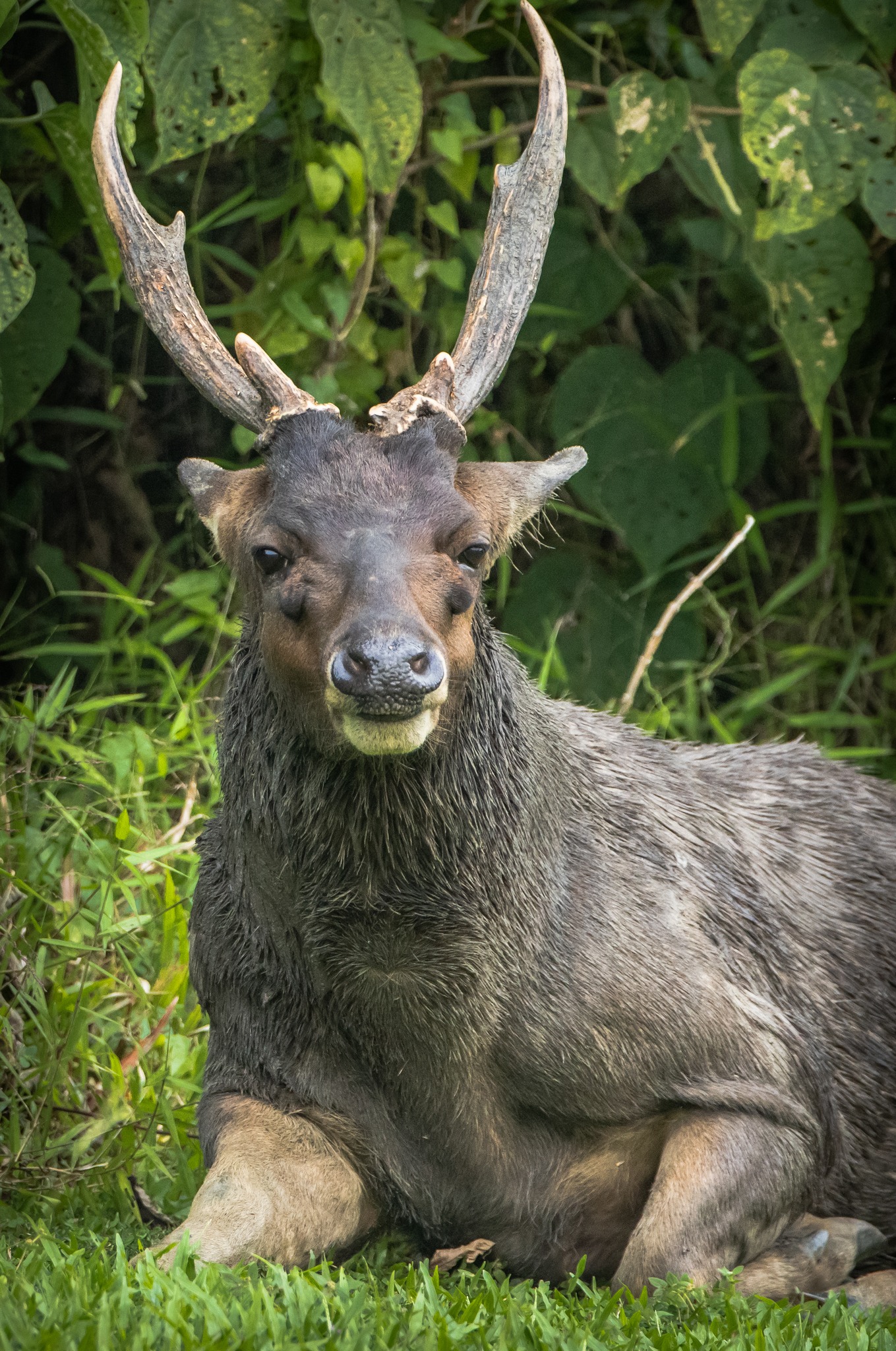 Photo courtesy of Zaini.
Photo courtesy of Zaini.
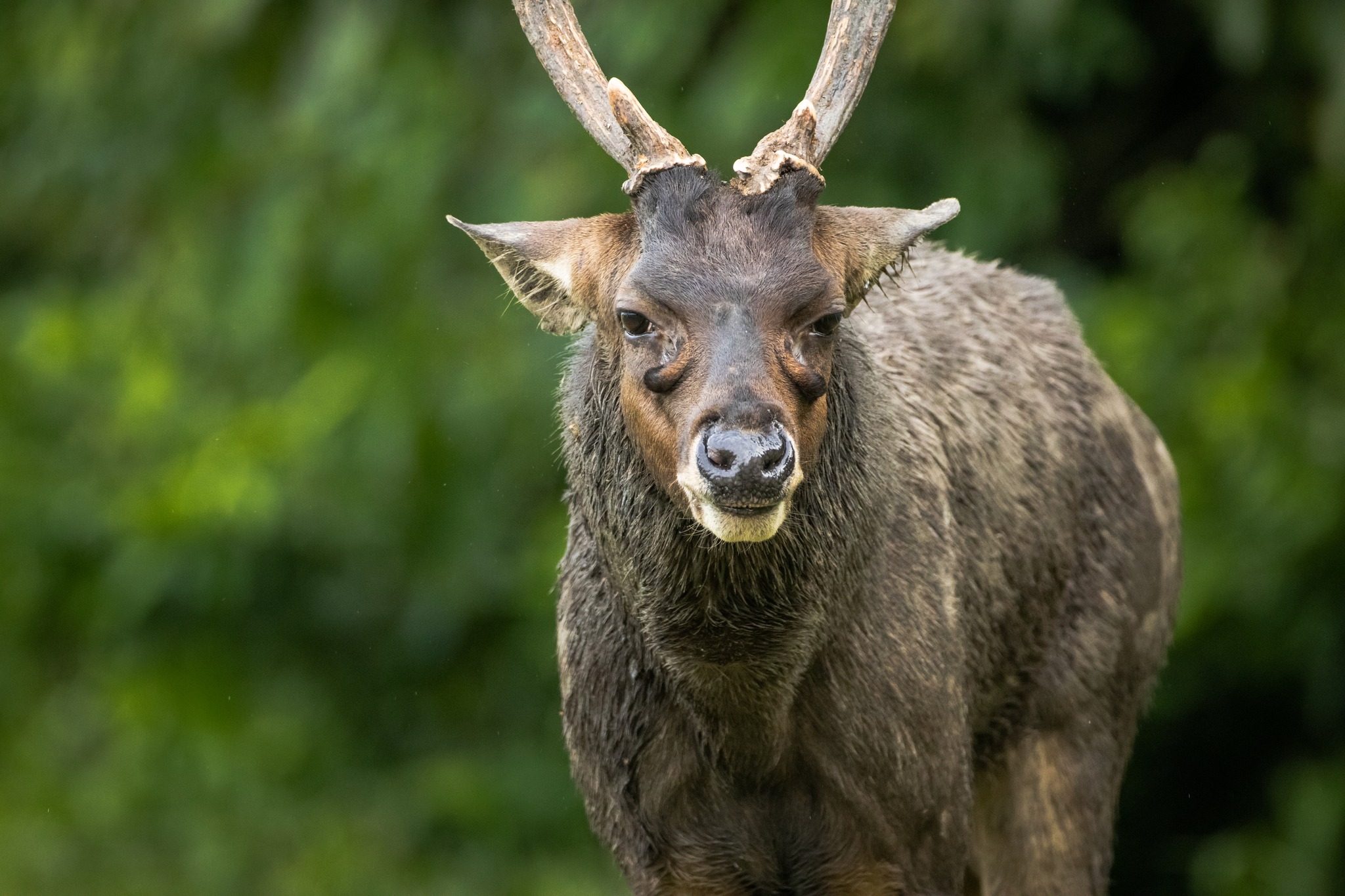 Photo courtesy of Zaini.
Photo courtesy of Zaini.
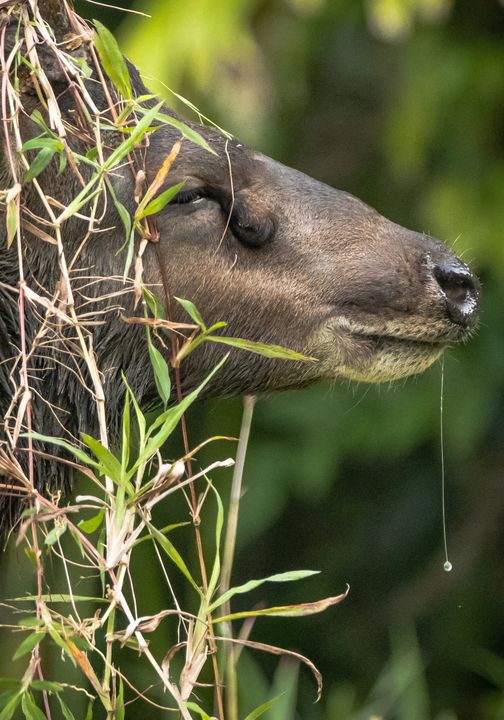 Photo courtesy of Zaini.
Photo courtesy of Zaini.
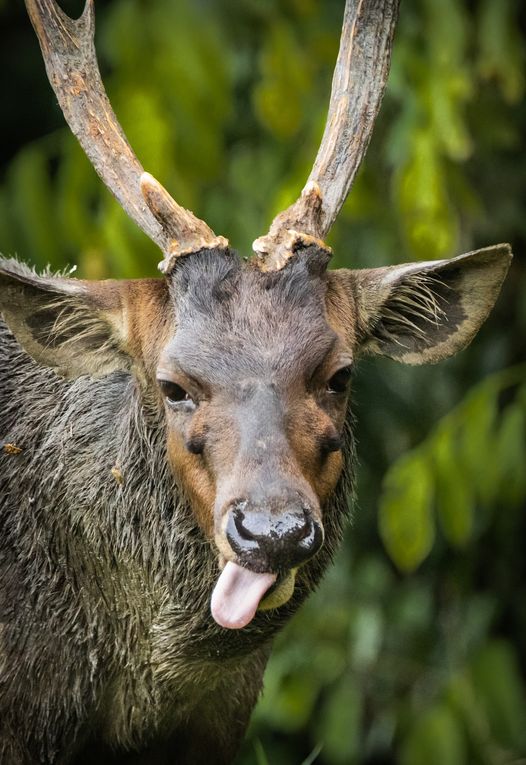 Photo courtesy of Zaini.
Photo courtesy of Zaini.
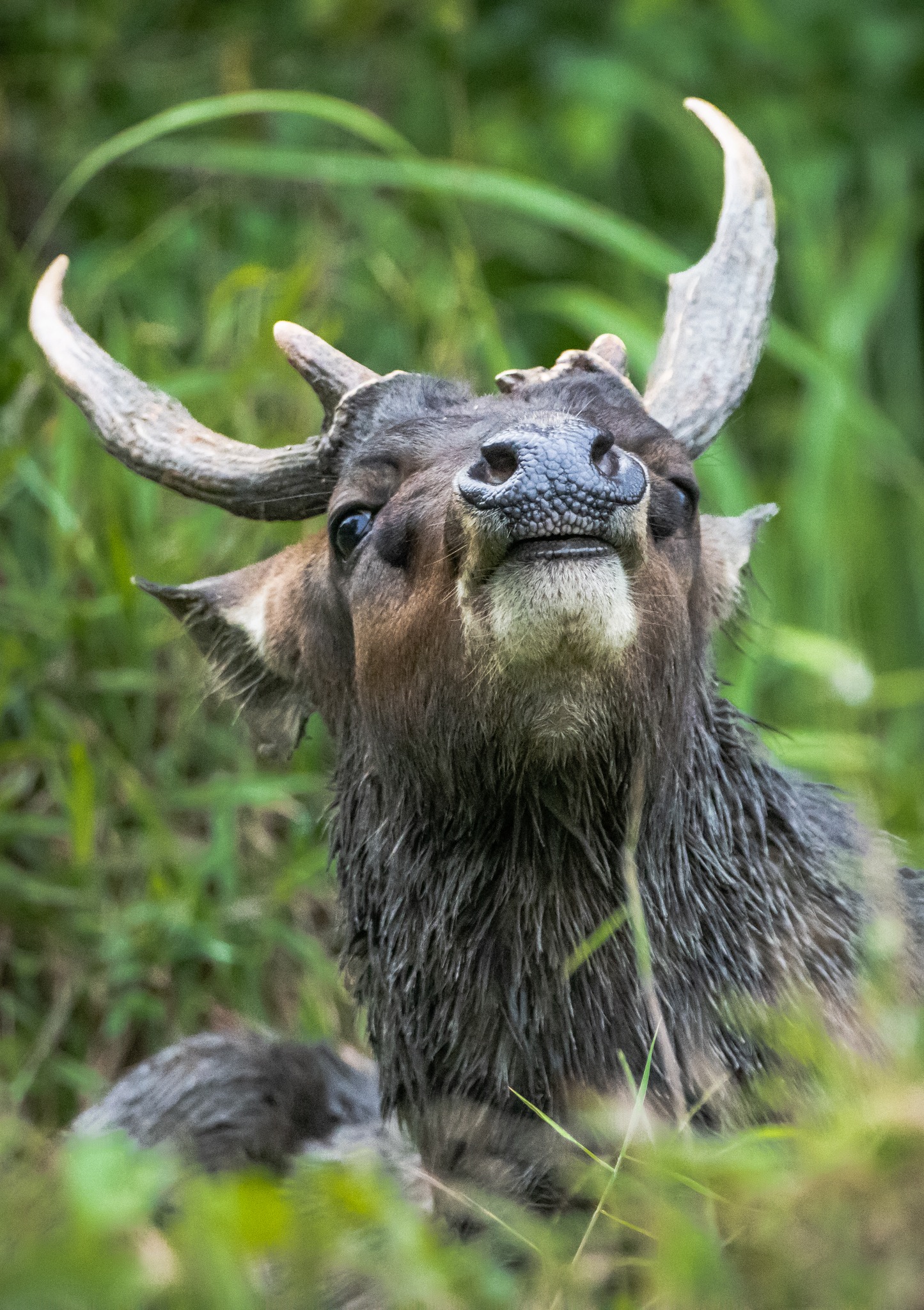 Image courtesy of Zaini.
Image courtesy of Zaini.
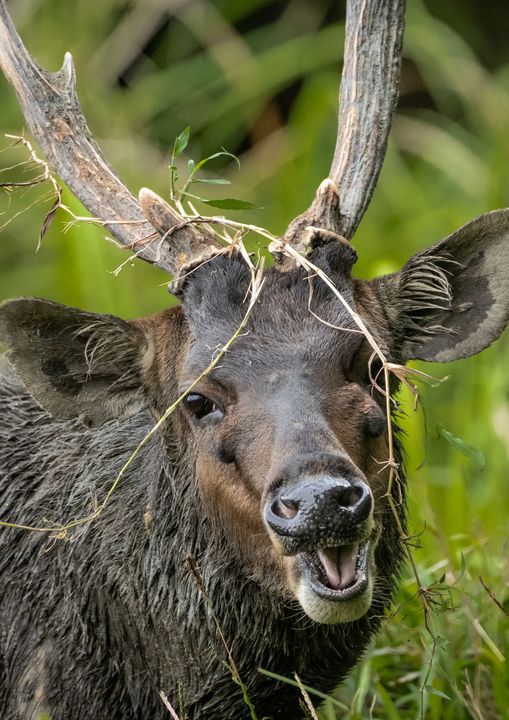 Image courtesy of Zaini.
Image courtesy of Zaini.
Thought it was a wild boar
From afar, Zaini first thought he had spotted a wild boar — that is, until he saw its antlers.
He shared that he was "so happy" to meet a Sambar deer in person for the first time.
To him, the deer was as large as "a cow". He also commented that it appears healthy despite its age.
While other photographers can only hope to catch a glimpse of the elusive creature, he said: "For me, it is my lucky day to have met the deer without planning to."
Known as "Lone Star"
Mothership spoke to Jay Lim, who leads Save Sambar Deer, the sole organisation monitoring the species in Singapore.
This particular male individual that Zaini photographed is Singapore's oldest known sambar deer, affectionately named "Lone Star".
Estimated to be 13 to 15 years old, he was first spotted by the organisation in July 2021.
They took pity on him, noting that he is very slow and lonely due to his age.
The average wild sambar deer has a life span of 12 years, according to one study.
He is also an outcast — thus his given name. During the mating season, Lim noted that he is usually overpowered by younger and stronger males.
Nonetheless, he is a "very experienced" deer that has good knowledge of the trails in the central catchment.
He is observed to travel long distances and is always on the move every few weeks.
Weighs around 180kg
One interesting fact about Lone Star is that he has a pungent, "really one of a kind" smell.
"No one can miss his unique scent if they ever pass through the trails," shared Lim.
Lone Star weighs around 180kg, and his deer print is around five to six inches long.
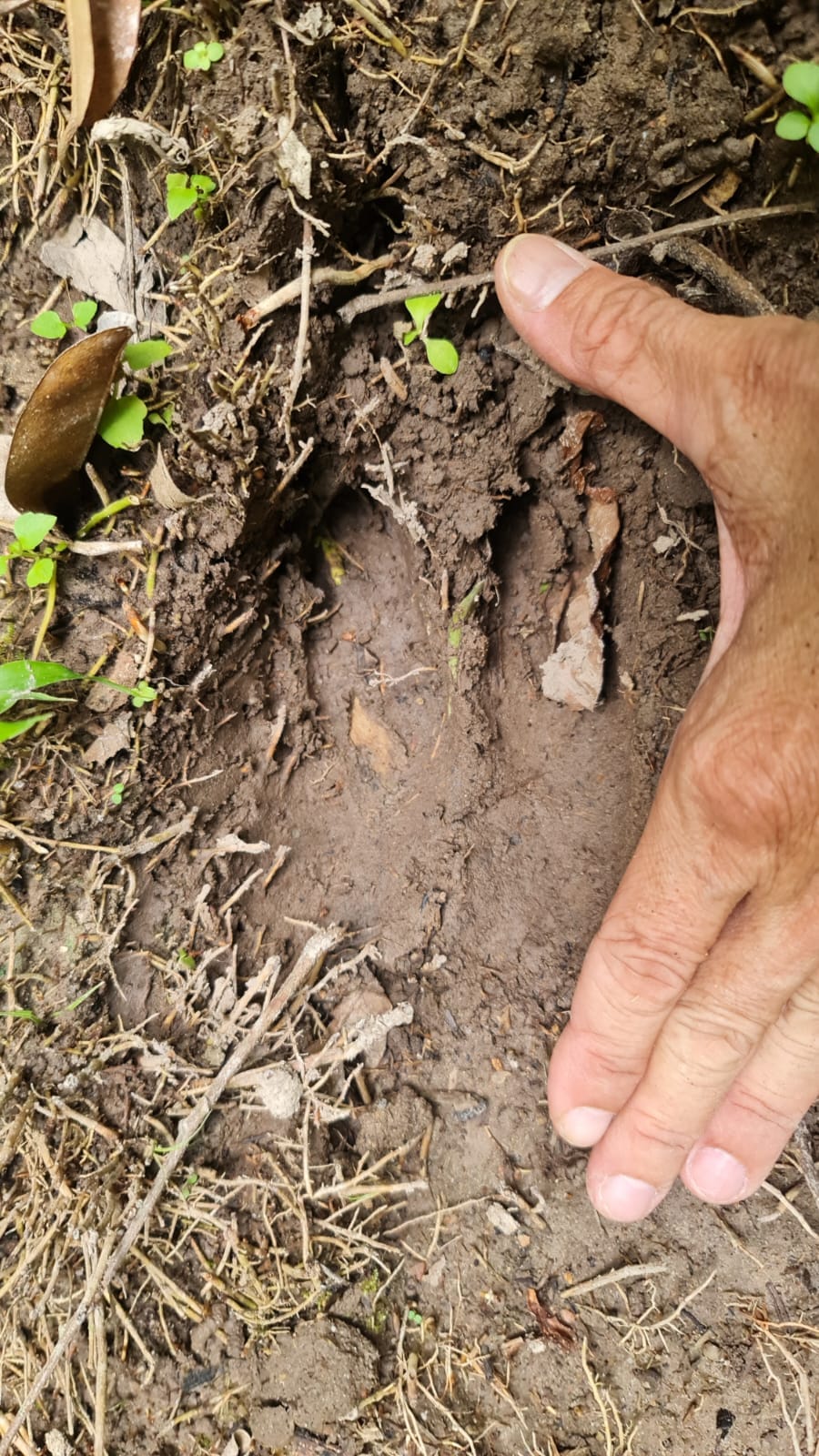 Image by Love Sambar.
Image by Love Sambar.
Lim adds that Lone Star is a "wise" individual.
It never strays onto the road where it is dangerous, stays away from people and hides deep in the Central Catchment Nature Reserve.
The team last sighted Lone Star in January this year, and were fearing the worst for him over the past eight months.
Lim said he "rejoiced" when he saw Zaini's photos, and was put at ease that Lone Star was well and healthy.
Sambar deer in Singapore
Lim started following, watching and tracking sambar deer in Singapore daily in 2020, and started a group for likeminded folks.
They would look for the deer at their home ground in the forest from 4pm to 6:45pm every day.
Since 2021, they have deployed 35 camera traps where the herds are known to be found in Singapore's forests, which allowed them to count their numbers more effectively while minimising any human disturbance.
Sambar deer is one of the largest deer species in the world, after the moose and the elk.
The nocturnal animal is most active at dusk and at night.
Its diet consists of a wide variety of vegetation including grasses, leafy foliage, fruit, water plants, shrubs and trees.
Rewilding of sambar deer in Singapore
Sambar deer were thought to have been wiped out from Singapore by 1950.
After some individuals escaped from public and private local zoos in the 1970s, the deer population has gradually re-establishing itself.
Lim told Mothership that zoo records indicate that three individuals escaped and two were recaptured. The remaining female was absorbed into the existing wild herd, claims Lim.
In 1997, the Nature Society Singapore (NSS) estimated that there were three deer in the wild.
In 2021, the National Parks Board (NParks) put the number at around 15.
Based on his records, the sambar deer population in 2021 was estimated at 40.
The current number is greater than 60, Lim concurred with NParks.
A new study earlier this year suggests that their population has been on the rise in recent years.
Their numbers are increasing in forested areas such as the Central Catchment Nature Reserve and Bukit Timah.
The sambar deer is considered a vulnerable species.
Related stories
Top images courtesy of Zaini.
If you like what you read, follow us on Facebook, Instagram, Twitter and Telegram to get the latest updates.

